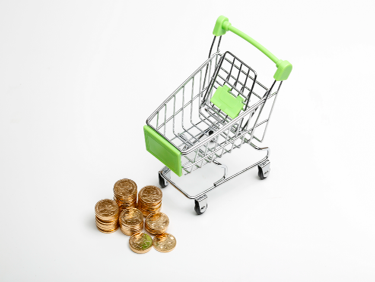-
HC Securities & Investment shared their expectations on the likely outcome of the MPC meeting scheduled September 22nd. Based on Egypt’s current situation, they expect the CBE to gradually raise the overnight deposit and lending rates by 100 bps in the coming meeting and then raise it by another 100 bps in the following meeting
Financials analyst and economist at HC, Heba Monir commented: “The annual August inflation is the highest recorded since May 2019, as the pricing of imported commodities at a higher exchange rate and supply bottlenecks negatively impacted it. At these levels, the annual inflation rate is well above the CBE’s pre-announced target of 7% (+/-2% for 4Q22), and we estimate it to average 14.3% until year-end. Furthermore, a few days ago, the Egyptian government decided to amend the natural gas pricing formula for nitrogen fertilizers producers, which should translate into higher crop prices and inflation rates. Regarding Egypt’s external position, we believe that pressure is accumulating given (1) our FY21/22e current account deficit estimate of 4.8% of GDP, up from 4.6% a year earlier, (2) July remittances declining c15% m-o-m and y-o-y to USD2.38bn, (3) the banking sector’s (excluding the CBE) net foreign liability position reaching USD10.1bn in July, (4) the drop in foreign currency deposits, not included in the official reserves, to USD0.89bn in August from USD11.7bn in December, dropping 0.35% m-o-m and c92% y-t-d, (4) net international reserves settling at USD33.1bn in August representing 4.71 months of imports coverage, and (5) Egypt’s external debt repayment schedule showing dues (excluding GCC deposits) of USD12.1bn over FY22/23. Against this backdrop, we believe a 200 bps rate hike is necessary to absorb the current pressures. For the time being, we believe the MPC Committee will prefer to gradually raise the overnight deposit and lending rates by 100 bps in the coming meeting and then raise it by another 100 bps in the following meeting. Currently, Egypt offers a real yield on 12-month T-bills of 208 bps (given the current 12-month T-bills rate, our 12-month inflation estimate of 12.25%, and a 15% tax rate for European and US investors) compared to a real return on the US 1-year notes of negative 245 bps (given 1-year notes yield of 3.83%, Bloomberg average 12M inflation estimate of 6.28%, and assuming no taxes). Based on our assumptions and calculations, Egyptian 12-month T-bills need to increase in 2022 to 17.3% from 16.9% currently to remain attractive. ”
It is worth mentioning that, in the previous two consecutive meetings in June and August, the MPC decided to keep policy rates unchanged after it increased them by 300 bps y-t-d, including 200 bps in May and 100 bps in March, concurrent with the Federal Reserve’s cumulative interest rate hikes of 225 bps y-t-d. Egypt’s annual headline inflation accelerated to 14.6% in August from 13.6% in the previous month, with monthly inflation increasing 0.9% in August compared to an increase of 1.3% m-o-m in July.


